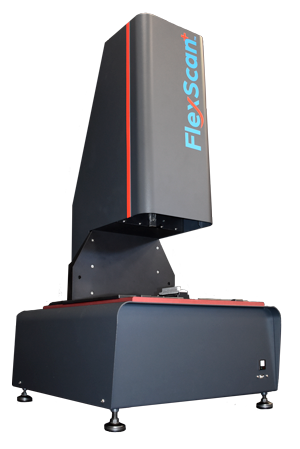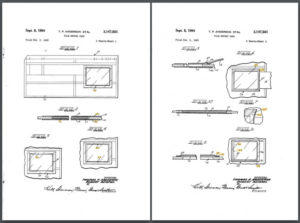An interview with Michael Benson, Operations Manager Imaging Services, Records Division – FamilySearch
FamilySearch is family history organization dedicated to connecting families across generations. Historically known as the Genealogical Society of Utah (GSU) and founded in 1894, FamilySearch is an outgrowth of the many pioneering preservations techniques of the industry. FamilySearch is a non-profit funded by The Church of Jesus Christ Latter- day Saints.
This society first developed the use of microfilm cameras to copy records in 1938. After World War II, the use of microfilm increased and so did the need to ensure that valuable records were preserved. The Genealogical Society of Utah helped pioneer micrographic standards and began to acquire more and more records by increasing camera operations around the world to help preserve family history. In 1999, the GSU launched a new website, FamilySearch.org, to provide an online medium for making genealogical records easily available to the public anywhere in the world at no cost.
FamilySearch assists over 230,000 visitors at their website per day as the interest and demand in genealogy grows and increases in global in reach. In 2014, this organization alone published for public access over 1 billion records. Their recent adaption of the Nikon D800 camera is now adding color images in addition to their traditional offering of grayscale digital camera capture.
To further the mission of FamilySearch, their North American Field Negotiations Team is continually on the lookout for records of genealogical value such as National Archives, County, State and Local records and Church records. When key records on microfilm are located, FamilySearch works closely with these agencies and organizations to develop a plan to convert their film stores to a digital format using nextScan FlexScan microfilm scanners. This service is FREE to these agencies and organizations, many of whom do not have the budget to convert this valuable history. FamilySearch also collaborates with a variety of genealogical organizations such as, findmypast.com, ancestry.com, myheritage.com and findagrave.com. to make records more readily available.
FamilySearch, through their strong preservation programs, use of nextScan technology, and their volunteer efforts are enabling critical film records that may be deteriorating from age and the elements to be permanently preserved digitally. Michael Benson, Operations Manager, Imaging Services Records Division for FamilySearch, commented, “We are helping to create a collaborative effort for real digital preservation. No one organization can do it all. Our goal is to facilitate record migration and accessibility, minimize retrieval time, and further preserve additional records for public access. The nextScan scanners have given us a good return on investment for these projects.”
I asked Mr. Benson what he felt the biggest challenges were that are faced by FamilySearch regarding their preservation efforts and he listed a few. “The fact of the matter is that there is still a lot of microfilm out there yet to be scanned. As data storage drops in price and scanning technology becomes more efficient, the permanent digital preservation of these historical records is becoming highly feasible.”
FamilySearch has taken a creative approach to one issue that seems to be very common with many governmental entities. Due to security and the processing of sensitive records, some potential film conversion customers require that the scanning be done at their sites and be supervised by their staff. “FamilySearch staff, who train teams of volunteers, and utilizing nextScan’s FlexScan multi-format scanners, has solved this issue in one case by utilizing a volunteer who has outfitted his motorhome into a mobile scanning operation,” said Mr. Benson.
I had a chance to catch up with Bill Matthews, lead scanning technician volunteer for this operation, during a training session at the nextScan facility recently. Bill has become quite proficient at identifying what is needed to help key organizations such as counties, city records offices, and historical churches quickly and efficiently convert their film to a digital format that will be preserved for years to come and will also provide a copy for the FamilySearch database. Bill enjoys traveling and said that he had met some wonderful people around the nation as he helps do his part to increase the amount of genealogical records that can be accessed thru FamilySearch’s dynamic website.
Another major point made by Michael Benson was the need to educate the public on how their organization and other genealogical companies can help make records more accessible. “We want to make sure that folks realize that FamilySearch is committed to digital preservation. The digitization of key microfilm records creates better access, quicker retrieval rates, and permanent preservation of collections that are quickly deteriorating. This is not only of tremendous value to our church members who are working to fulfill their purpose of finding ancestors and submitting them to their tree, it is also a way for the general public to discover their historical roots and provides many benefits for research organizations.”
At nextScan, we are proud to be a part of this leading effort for records preservation. In addition to our close ties with FamilySearch, nextScan has also worked with The Church of Jesus Christ Latter-day Saints in its Granite Mountain Records Vault operations since 2002 in providing high-speed Eclipse Production Microfilm Scanners for the scanning operations at this site. Copies of microfilm, microfiche and digital records from all around the world are safely stored in this unique state of the art facility tucked away in the side of a mountain in Utah’s beautiful Wasatch Mountains.


